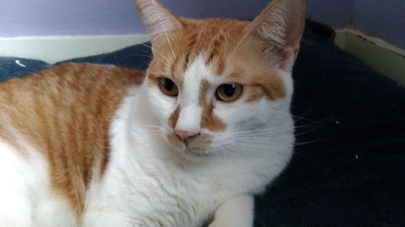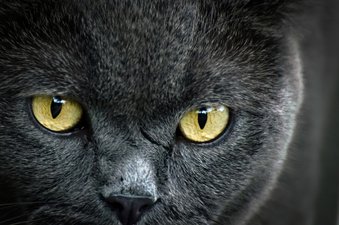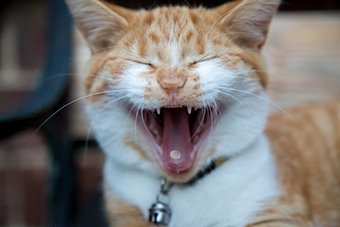
April 30th is National Adopt a Shelter Pet Day and we at The Cat’s Meow ask that you consider saving a life by adopting a pet – purr-eferably one of the fabulous felines WE shelter.
With that in mind, we wanted to remind you of the life-affirming roles cats play in our lives, and of our responsibility to pay it forward by saving the lives of those less fortunate. Millions of healthy, adoptable cats across North America are euthanized annually because there aren’t enough homes for them. It’s vital to remember that every animal adopted opens a space for another animal in need. And so, by choosing adoption as the ONLY option, you’re helping decrease the number of cats left homeless each year.
Being a small, foster-based rescue allows us to KNOW each of our furry friends – their personalities, what they like to eat and how they like to play. This vital information enables us to match the right animal with the right adopter, and ensure, to the best of our ability, that they all live happily and lovingly fur-ever.
To view our gallery of assorted, adorable adoptables, we invite you paw-lease click on http://www.thecatsmeowrescue.org/available-for-adoption.html.
Unable to adopt? There are other ways you can make a big difference in countless small lives.
Paw-lease click on http://www.thecatsmeowrescue.org/help-us-help-them.html and learn how you can help us help them – including donating, fostering, spay/neutering and following us on Face Book.
Become a volunteer and we purr-mise to put your compassion and commitment to good use.
We ask you, however, to remember that Adopt a Shelter Pet Day may last a mere 24 hours, but the need to adopt a shelter pet will continue – hour after hour, day after day, month after month, year after year.
Spread the word.












 RSS Feed
RSS Feed